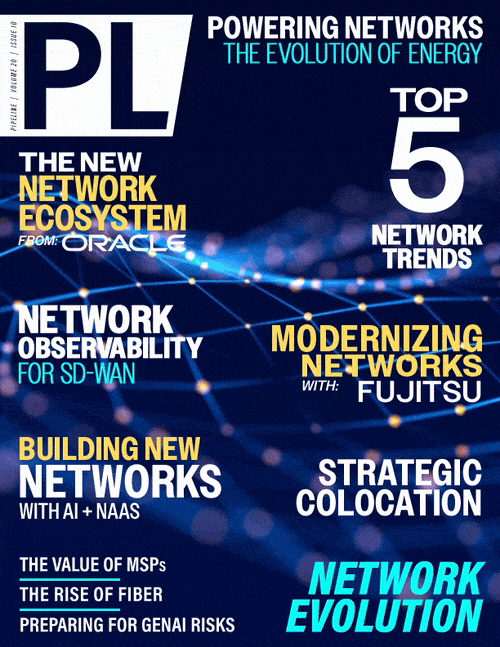Why Network Modernization is Key
to Real Transformation
Applying Automation and Analysis
Recent advancements in automated tools powered by artificial intelligence (AI) and machine learning (ML) are invaluable in maximizing network modernization success. With access to AI-powered optimization algorithms, CSPs can automate labor-intensive data harvesting and analysis to reduce overall manual effort.
Additionally, AI/ML automation tools and technology can gather beneficial information about energy use and network performance in real-time. This helps identify problems and risks, gleaning insights that support intelligent decision-making to improve the speed and quality of network modernization projects.
Sustainability Transformation
Migrating legacy networks to newer, more sustainable technologies helps CSPs reduce power consumption and increase reuse of resources, thereby improving efficiency, cutting costs, and saving time. Furthermore, a focus on the latest infrastructure also enables and encourages innovation, setting the stage for the introduction of profitable new services and increasing ROI.
When phasing out legacy components in favor of more efficient systems and technologies, outdated infrastructure and systems can be removed and replaced or retired in place by decommissioning non-traffic cards and shelves. Before moving forward, network managers should take the time to collect and analyze data, including a regional traffic assessment to ensure the best overall strategy for migrating and consolidating traffic.
Of course, migrating live network traffic presents the mission-critical challenge of assuring quality of service (QoS) and customer experience for existing subscribers, so it’s important to ensure that network engineers have sufficient experience and expertise. Nevertheless, swapping out or retiring inefficient legacy equipment for more sustainable technology presents substantial benefits and cost savings.
Beyond cutting OpEx by reducing power consumption and eliminating penalties, network modernization also offers the chance to recoup other investments. These might include reselling legacy infrastructure, reclaiming equipment spares, and potentially vacating under-utilized sites to quickly realize real estate savings, all adding up to a lower total cost of ownership (TCO) for the overall network.
Speeding Ahead to Zero
Ultimately, for CSPs to excel in the face of fierce competition and rapid change, they must continually evolve, optimize, and modernize their networks to be more sustainable, economical, and innovative. A proactive, well-planned approach to network modernization empowers the transformation today’s CSPs need to deliver next-generation services, bolster competitive advantages, and increase profitability. By embracing sustainable transformation in their network modernization practices, network operators not only reduce emissions and demonstrate progress towards Net Zero, but also build a more sustainable business model for the future.



















